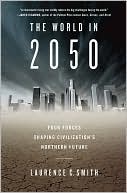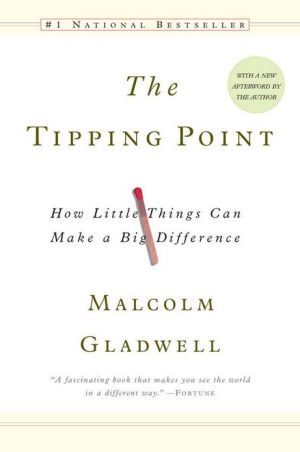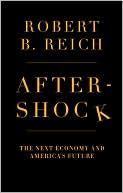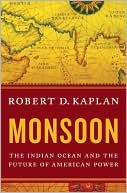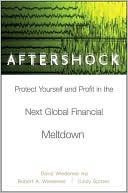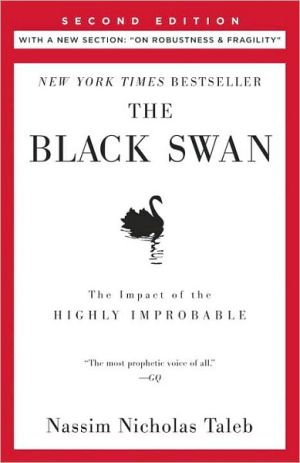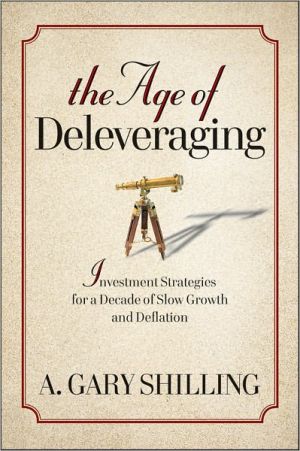The World in 2050: Four Forces Shaping Civilization's Northern Future
Search in google:
A vivid forecast of our planet in the year 2050 by a rising star in geoscience, distilling cutting-edge research into four global forces: demographic trends, natural resource demand, climate change, and globalization. The world's population is exploding, wild species are vanishing, our environment is degrading, and the costs of resources from oil to water are going nowhere but up. So what kind of world are we leaving for our children and grandchildren? Geoscientist and Guggenheim fellow Laurence Smith draws on the latest global modeling research to construct a sweeping thought experiment on what our world will be like in 2050. The result is both good news and bad: Eight nations of the Arctic Rim (including the United States) will become increasingly prosperous, powerful, and politically stable, while those closer to the equator will face water shortages, aging populations, and crowded megacities sapped by the rising costs of energy and coastal flooding. The World in 2050 combines the lessons of geography and history with state-of-the-art model projections and analytical data-everything from climate dynamics and resource stocks to age distributions and economic growth projections. But Smith offers more than a compendium of statistics and studies- he spent fifteen months traveling the Arctic Rim, collecting stories and insights that resonate throughout the book. It is an approach much like Jared Diamond took in Guns, Germs, and Steel and Collapse, a work of geoscientific investigation rich in the appreciation of human diversity. Packed with stunning photographs, original maps, and informative tables, this is the most authoritative, balanced, and compelling account available of the world of challenges and opportunities that we will leave for our children. Publishers Weekly Smith, a UCLA geography professor, explores megatrends through computer model projections to describe "with reasonable scientific credibility, what our world might look like in forty years' time, should things continue as they are now." Laying out "ground rules" for himself--including an assumption of incremental advances rather than big technology breakthroughs and no accounting for "hidden genies" such as a decades-long depression or meteorite impact--he identifies four global forces likely to determine our future: human population growth and migration; growing demand for control over such natural resource "services" as photosynthesis and bee pollination; globalization; and climate change. He sees the "New North" as "something like America in 1803, just after the Louisiana Purchase... harsh, dangerous, and ecologically fragile." Aside from his observations of "a profound return of autonomy and dignity to many aboriginal people" through increasing political power and integration into the global economy, Smith's predictions, limited by his conservative rules, are far from earthshaking, and suspending his rules for a chapter, he admits that "the physics of sliding glaciers and ice sheet collapses" as well as melting permafrost methane release are beyond current models, and that even globalization could reverse, with "political genies even harder to anticipate than permafrost ones." (Oct.)
